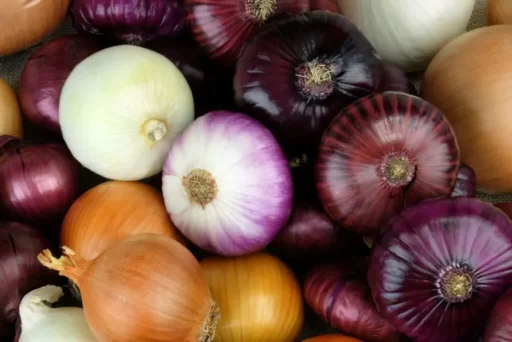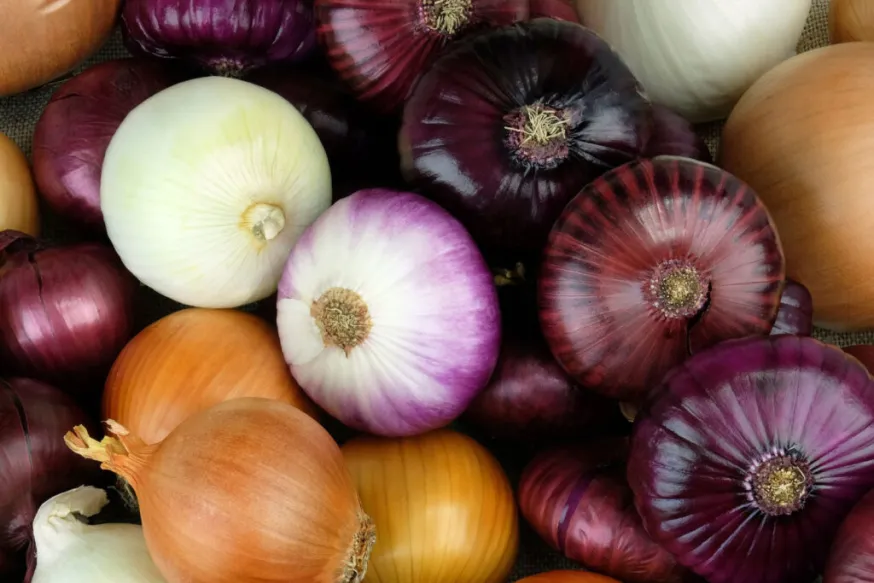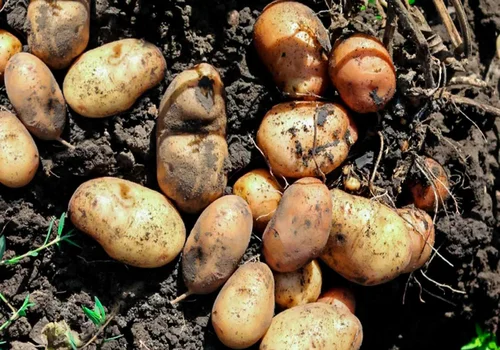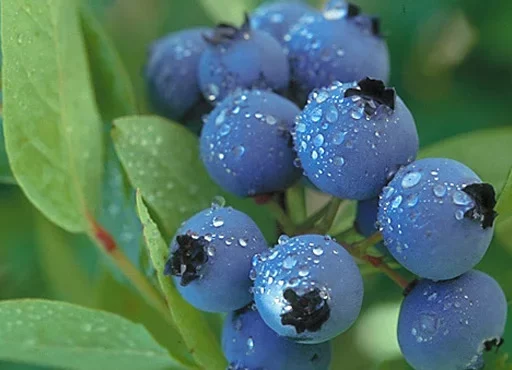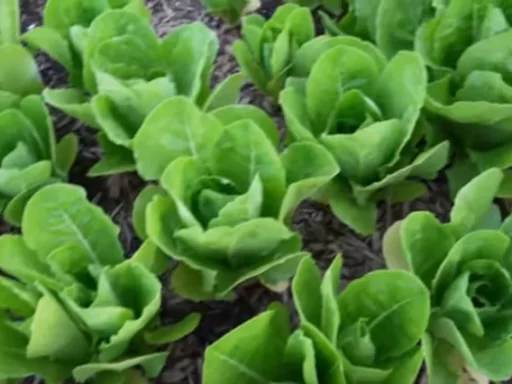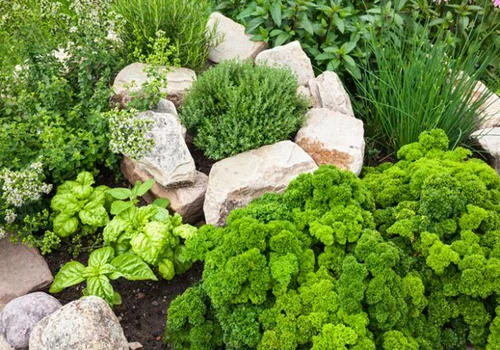Onions are a vital kitchen staple, and over the years, I have learned that growing them requires more than just planting and waiting. By understanding the best practices for growing onions, you can achieve exceptional results, yielding large, healthy bulbs. In this article, I’ll share three important techniques for boosting your onion harvest. Whether you are a seasoned gardener or a beginner, following these steps will help you get the most out of your onion plants.
The Importance of Choosing Onion Seeds Over Sets
Before diving into the specific techniques for growing onions, it’s important to understand that the method of planting plays a significant role in the success of your crop. Through trial and error, I’ve found that growing onions from seed yields far better results than growing from sets. Seeds tend to produce larger, healthier bulbs because they allow the onion plant to develop a stronger root system and healthier tops over time. While onion sets are easier to plant, they often produce smaller onions that may not store as well.
Understanding Onion Growth
Onions are unlike many of the annual vegetables in our gardens, such as tomatoes and peppers, because we eat the bulb rather than the fruit. This difference in plant type means that onions have their own set of rules when it comes to planting and care. Through experimentation, I’ve learned that onions respond best to specific growing conditions, and I will cover three critical techniques to ensure you get a bountiful onion harvest.
Tip #1: Companion Planting
One of the most effective ways to enhance onion growth is through companion planting. Onions thrive when planted alongside other vegetables such as tomatoes and peppers. This technique, known as interplanting, not only saves space but also promotes healthy growth by pairing plants that complement each other.
Tomatoes and peppers have deep root systems, while onions have shallow roots, so they don’t compete for nutrients or water. Instead, they grow in harmony, maximizing the available resources. Additionally, onions produce a natural pest-repelling odor, which helps protect other plants from insects. This protective trait makes onions a great companion plant for many pest-sensitive crops.
If you want your onions to thrive, consider interplanting them with tomatoes, peppers, or other suitable crops. It’s a simple yet highly effective technique that yields impressive results.
Tip #2: Fertilization Regimen
Fertilization is key to growing large onions, but it’s important to understand that onions have different needs than most other vegetables. When onions first start growing, they behave like grass, meaning they need a lot of nitrogen to produce strong green tops. At this stage, using a high-nitrogen fertilizer such as blood meal or an all-purpose fertilizer like 24-8-16 is ideal. This helps the onions establish a solid foundation for future growth.
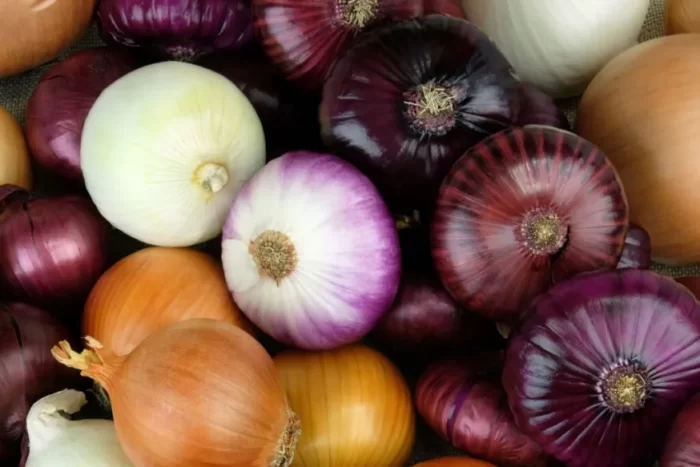
However, once the onion tops have developed, it’s essential to reduce the nitrogen supply. If you continue feeding them high-nitrogen fertilizer, the plants will focus too much on top growth rather than forming large bulbs. To encourage bulb development, switch to a more balanced fertilizer or stop fertilizing altogether once the tops have grown sufficiently. Organic fertilizers like 5-5-5 are great for slow, balanced nutrient release and help the bulbs form properly without overstimulation of the tops.
By managing the fertilization process correctly, you’ll see a significant improvement in the size and quality of your onion bulbs.
Tip #3: Proper Irrigation
Onions have shallow roots, which means they require consistent moisture to grow well. While onions are drought-tolerant, lack of proper watering can result in smaller bulbs. This is where drip irrigation becomes incredibly beneficial. Installing drip lines ensures that your onion plants receive a steady supply of water, even on hot days or during dry spells.
In my garden, I’ve observed that onions planted with drip irrigation grew significantly larger than those without. The consistent water supply allows the plants to focus on developing strong roots and large bulbs, rather than struggling to find moisture. For the best results, ensure that your onion beds are well-watered, either through a drip irrigation system or by hand-watering consistently.
The combination of drip irrigation, proper fertilization, and companion planting creates the ideal environment for onion growth. By using these techniques, you can expect your onions to reach impressive sizes, producing bulbs that rival or even surpass those found in the supermarket.
Additional Considerations: Planting Onions in the Right Day-Length Zone
When growing onions, it’s crucial to plant the right variety for your location. Onions are sensitive to day length, meaning that they form bulbs in response to the number of daylight hours they receive. Depending on where you live, you will need to choose either long-day, intermediate-day, or short-day onion varieties.
For example, in the southeastern United States, where I garden, short-day onions like Yellow Granex grow best. Planting the wrong type of onion for your area can result in poor bulb formation, regardless of how well you follow other planting practices.
Always research the best onion variety for your region to ensure success.
Frequently Asked Questions
- What is the best fertilizer for onions? The best fertilizer for onions depends on the stage of growth. Early in the season, use a nitrogen-rich fertilizer to promote top growth. Once the tops are established, switch to a balanced fertilizer to encourage bulb development.
- Can onions be planted alongside other vegetables? Yes, onions thrive when planted alongside vegetables like tomatoes and peppers. This companion planting technique maximizes space and provides natural pest control.
- How often should I water my onions? Onions have shallow roots and require consistent watering, especially during dry periods. A drip irrigation system can help ensure your onions receive the water they need without over-watering.
- When is the best time to plant onions? Onions are typically planted in early spring, as soon as the soil can be worked. The exact timing depends on your climate and the type of onions you’re growing.
- What is the difference between onion sets and onion seeds? Onion sets are small, pre-grown bulbs, while onion seeds are planted directly into the ground and take longer to grow. Growing from seed often yields larger onions with a stronger root system.
- How do I know when my onions are ready to harvest? Onions are ready to harvest when the tops begin to yellow and fall over. It’s best to wait until the tops have completely withered for the largest bulbs.
- Why are my onions not forming large bulbs? If your onions aren’t forming large bulbs, it could be due to over-fertilization with nitrogen, inconsistent watering, or planting the wrong variety for your day-length zone.

